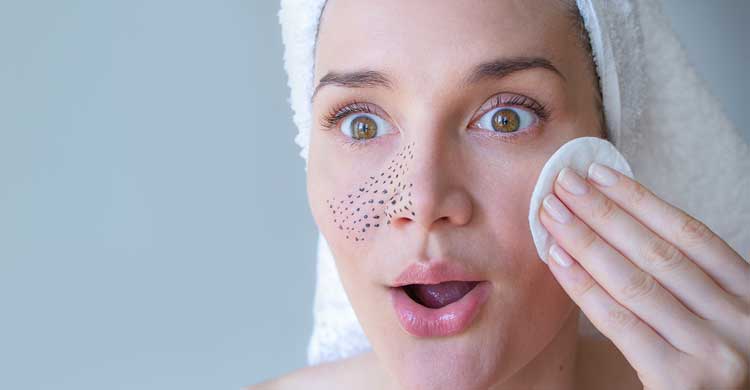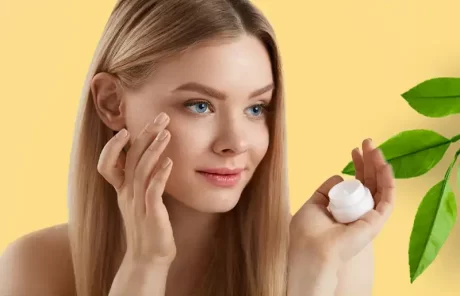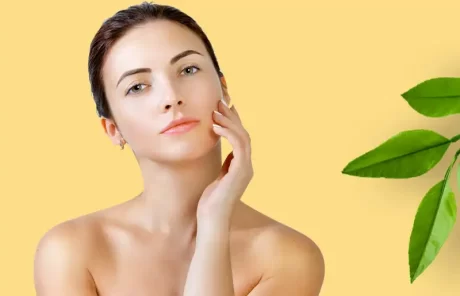Everything you need to know about blackheads
What are blackheads? Blackheads are open pores or comedones that occur on the face as well as the neck, shoulders, back, chest, and arms. Blackheads are common and may be seen in early, mild comedonal acne.
Causes
Blackheads are clogged pores, clogged by oil and dead skin cells. Oily skin is more prone to blackheads. Hormones cause an increase in oil or sebum production. Dead skin cells react with oxygen in the air and turn black. Blackheads are not dirt.
Blackheads can be caused by using products that clog pores or are comedogenic. Increased heat, humidity, and sweating can cause blackheads.
Symptoms
Blackheads are asymptomatic and noninflammatory.
What you can do
You need to have a good skin care routine. A good skin care routine is very important because it is responsible for a healthy skin texture (smooth, evenly pigmented, hydrated) which is the first thing that is noticed with regards to your skin.
The products used in your skin care routine can vary depending on your skin type, gender, and age.

How to Get Rid of Blackheads, According to Dermatologists
Gently cleanse
The first step is to gently cleanse the skin with a salicylic or glycolic acid cleanser to remove oil, makeup, dirt, dead skin, and debris on the face and maintain hydration.
We recommend a face brush device, which can gently cleanse and exfoliate.
Avoid comedogenic products. Even non-comedogenic makeup, if left on the face overnight can clog pores.
Avoid products that can overly dry or irritate the skin such as alcohol as this can result in more oil or sebum production. Be careful with pore strips and masks as these products can also irritate the skin.
A charcoal cleanser and masque can gently cleanse, remove dead skin and unclog pores.
Wear loose, light, evaporative, or cooling clothing or athletic wear especially in conditions associated with increased heat, humidity, and sweating.
The mainstay of treatment are retinoids because they effectively unclog pores and remove skin cells. Retinoids are a class of synthetic and naturally occurring Vitamin A compounds that include retinol and retinoid acid. These compounds like glycolic acid or other alpha hydroxy acids are exfoliants.
Retinoic acid (or tretinoin) is a prescription-only treatment approved to treat acne, psoriasis, certain other skin conditions, uneven pigmentation, and fine facial wrinkles. It is available in different strengths 0.025%, 0.05%, and 0.1%, and the cream is less irritating than the gel. Tretinoin is applied in a small, pea-sized, amount only at night. It is exfoliating, can cause skin peeling, irritation, and photosensitivity, and should initially be applied 1-2X a week and gradually increased to every other night or nightly as tolerated over several weeks. It is also typically started at the lowest strength, and the strength can be adjusted as tolerated. Prescription-strength topical retinoid adapalene 0.1% gel is available over the counter and can be used similarly to tretinoin.
Retinol (0.5% and 1%) can be found in serums, creams, and gels. It can be applied nightly, instead of tretinoin, as it is better tolerated with minimal redness and irritation. It is not as effective as tretinoin or adapalene. However, people with sensitive skin will tolerate it better.
The exfoliants mentioned above help brighten and smooth the face, help even pigmentation, unclog pores, help with fine lines and wrinkles, and hydrate.
You will need to use a topical retinoid for 3-4 months before you can notice a difference in the treatment of your blackheads, and in the first few weeks of treatment, they may look worse.
Do not try to extract your blackheads at home. Please see a Board-certified Dermatologist perform other in-office treatments, including acne surgery, or extraction of blackheads or comedones; professional chemical peels using salicylic acid, glycolic acid, mandelic acid, and pyruvic acid; and HydraFacial treatments.
Don’t forget to rest, relax, and hydrate.
Up Next: Webstories






 This article changed my life!
This article changed my life!
 This article was informative.
This article was informative.
 I have a medical question.
I have a medical question.

 This article contains incorrect information.
This article contains incorrect information.
 This article doesn’t have the information I’m looking for.
This article doesn’t have the information I’m looking for.